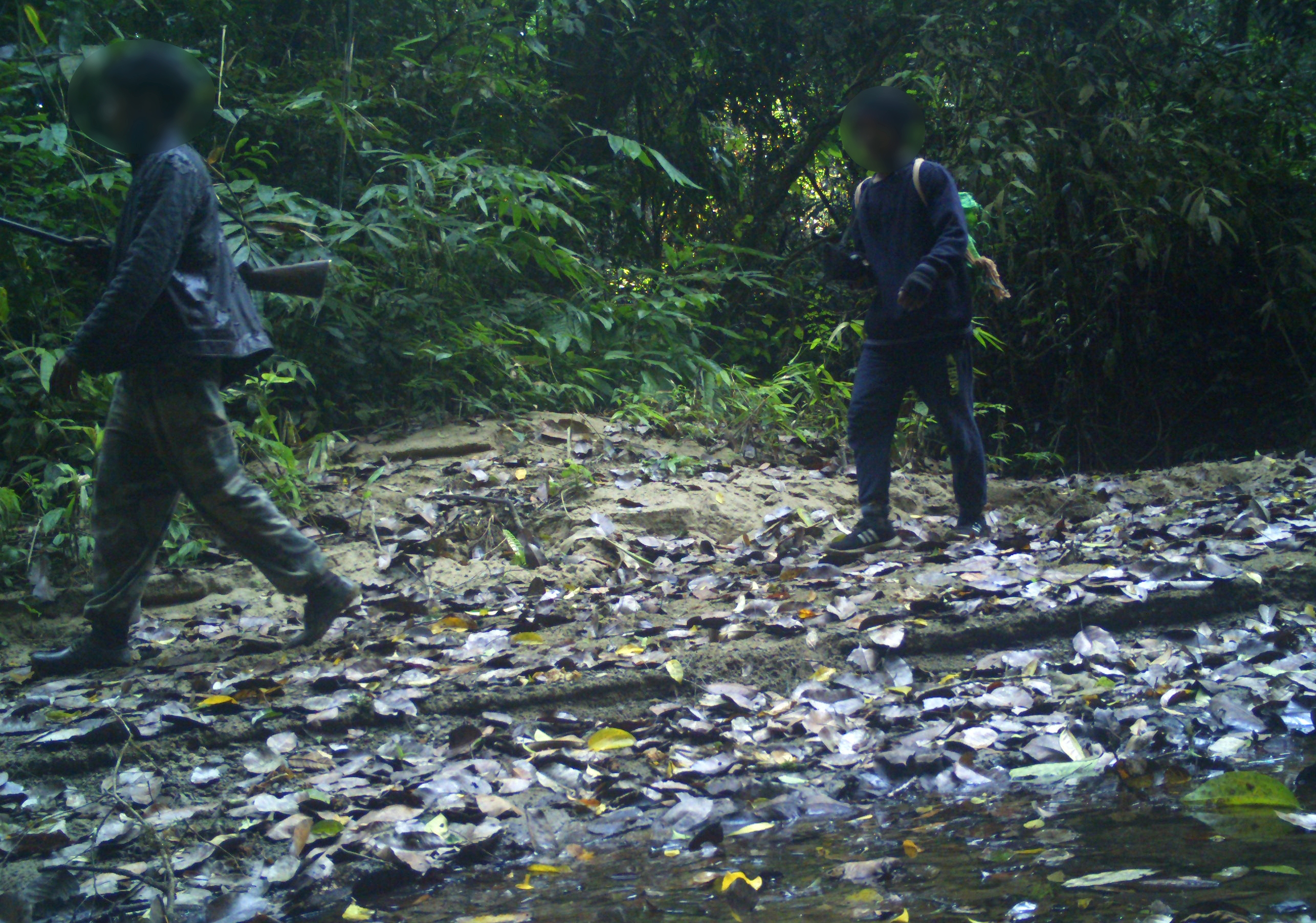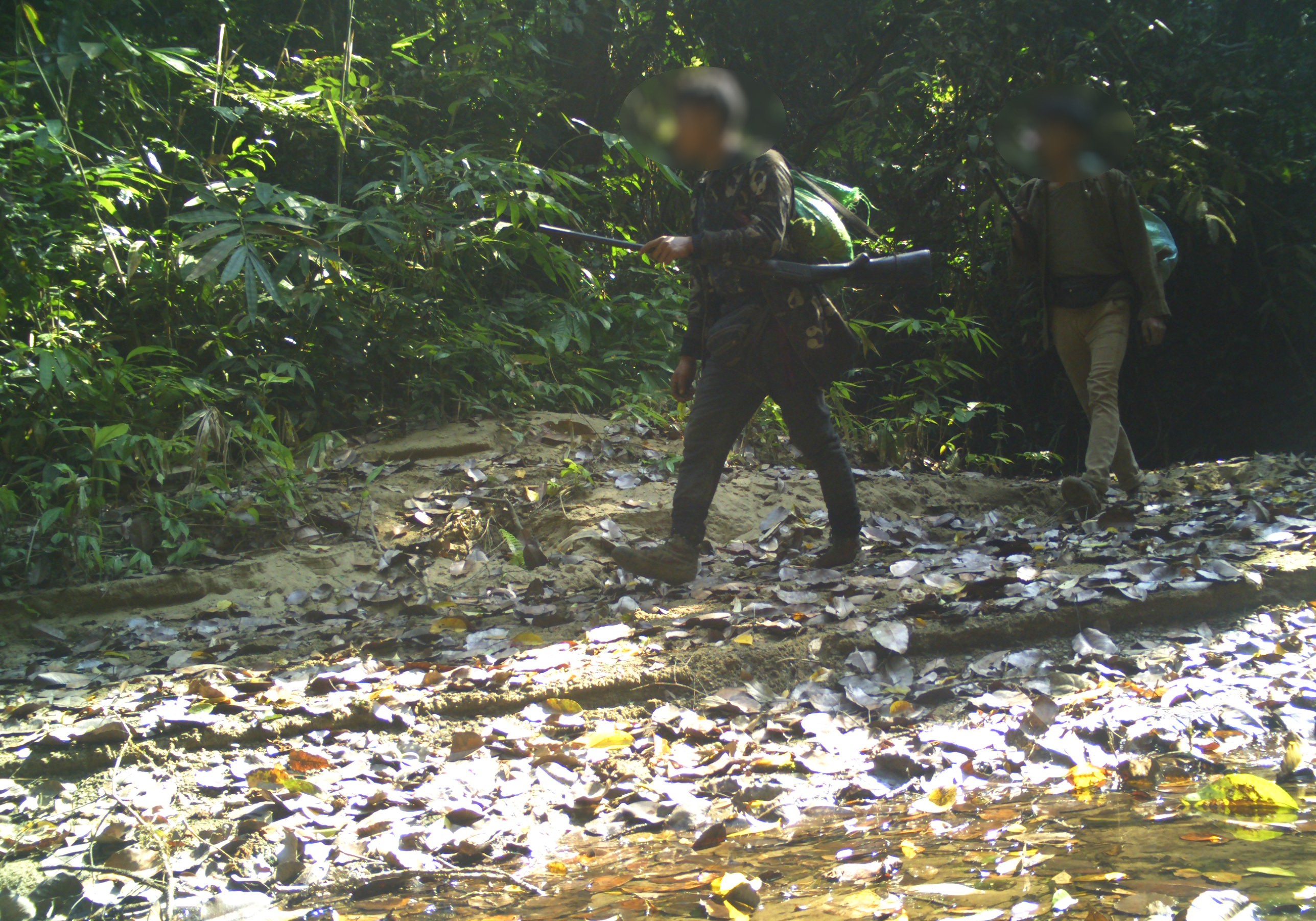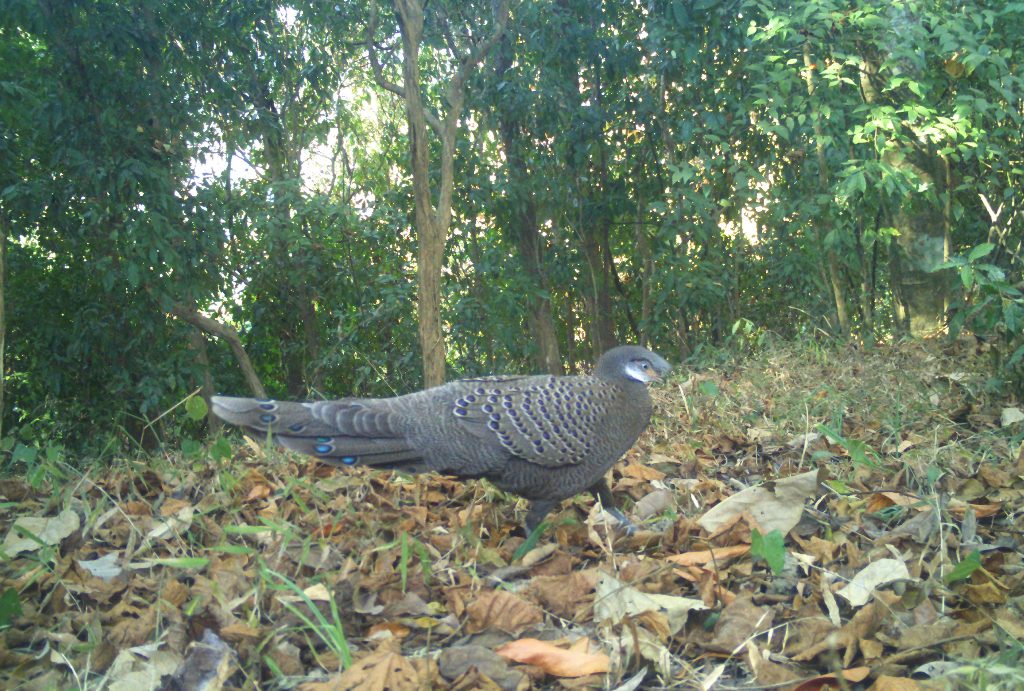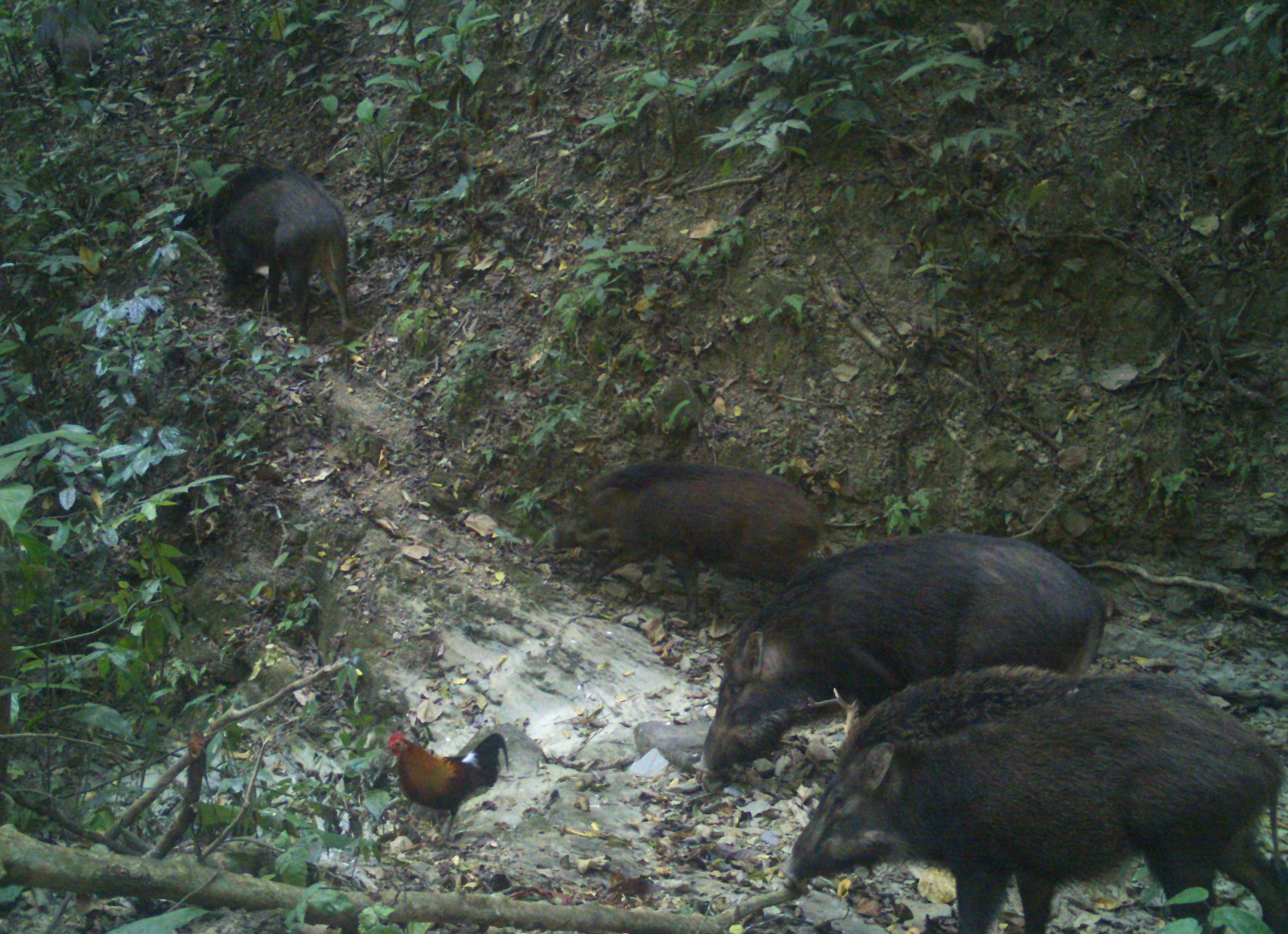THURSDAY, NOVEMBER 13, 2025
- Home
- Inside Intangki and Khelia, where every animal on camera is also a target
Inside Intangki and Khelia, where every animal on camera is also a target
More than 6000 camera traps planted across two forest habitats in Nagaland— Intangki National Park and Khelia Community Forest have revealed the extent of wild meat hunting
Share
A common leopard navigates through the dense forest undergrowth of Intangki, captured on a camera trap.
- DIMAPUR — More than 6000 camera traps planted across two forest habitats in Nagaland— Intangki National Park and Khelia Community Forest—by a group of wildlife researchers from the University of Newcastle, Australia, and the Wildlife Institute of India have revealed the extent of wild meat hunting by local communities, with all 31 mammalian species recorded on camera also being hunted.
- The study, published recently in Oryx – The International Journal of Conservation, was conducted from 2020 to 2022 by four researchers: Satem Longchar, Manjari Roy, Qamar Qureshi and Matt W Hayward.
Also read: Rare plant species discovered in Nagaland, a first for India
- “Over 6,634 camera trap-nights (3,923 in Intangki and 2,711 in Khelia), we recorded 31 mammalian species as well as people. The community members hunted all wild mammal species detected by our camera traps for multiple purposes. We excluded pheasants and other birds from our analysis, as hunters in the region tend to prioritise larger animals,” the report stated.
An elusive grey peacock-pheasant forages on the forest floor inside Intangki National Park.
- In the process, they documented 2,591 independent photo captures—1,594 in Intangki and 997 in Khelia. “The most frequently captured species were the mithun Bos frontalis (feral domesticated cattle) and barking deer Muntiacus muntjak.
- “Hunters’ stated species preferences were barking deer (27 hunters), wild boar Sus scrofa (8), bears Ursus spp. (4), primates (3), red serow Capricornis rubidus (2), gaur Bos gaurus (2) and small mammals,” it stated.

- Two individuals carrying rifles and supplies traverse a forest trail inside Intangki National Park.
- While acknowledging that hunting in Nagaland has long-standing cultural roots and is largely subsistence-based, the report highlighted that widespread use of guns has replaced many traditional hunting techniques. The shift reflects not only technological change but also growing economic pressures, including the influence of the illegal wildlife trade, it stated.
- Traditional tools and methods—such as traps, spears, and season-specific hunting strategies—are now increasingly rare. The study found that the hunters’ strategies varied by species, forest type, community, and season, but in many cases, firearms have become the dominant tool, enabling the hunting of larger and rarer species.

Camera trap captures two men armed and moving through the park.
- Limited participation
- Despite the intensive use of forest resources, nearly half of the 80 villagers interviewed—most of them farmers—expressed concern about biodiversity loss. However, grassroots participation in conservation remains low.
- “In their occupation as farmers, the respondents encountered challenges that impeded their active participation in biodiversity conservation: 36% stated they had little time for involvement in biodiversity protection. A minority (11%) cited the absence of economic benefits as a reason for their lack of participation in biodiversity conservation,” it stated.
- The study also found that perceptions of biodiversity showed gender-based differences. A majority of women valued the aesthetic significance of biodiversity, while men tended to stress its economic value.
- The researchers warned that without integrating economic incentives and cultural values into conservation planning, it will be difficult to curb unsustainable hunting.
A rare red serow, endemic to Northeast India and Northern Myanmar, cautiously moves near a stream within Intangki.
- They recommended community-driven policies, education, and local stewardship models to build sustainable solutions. “The forests of Nagaland are a unique landscape, and the management of these forests is notable for its distinctive community-focused approach, with large areas of community-owned forests,” the report stated.
- With 75% of its original forest cover still intact, Nagaland remains a critical haven for wildlife, it pointed out.
- But as traditional subsistence hunting evolves under modern pressures, urgent interdisciplinary action is needed to preserve both biodiversity and Indigenous cultural practices, the report maintained.
A group of wild pigs forage alongside a red junglefowl inside Intangki National Park.



-1748703399111.JPG)

